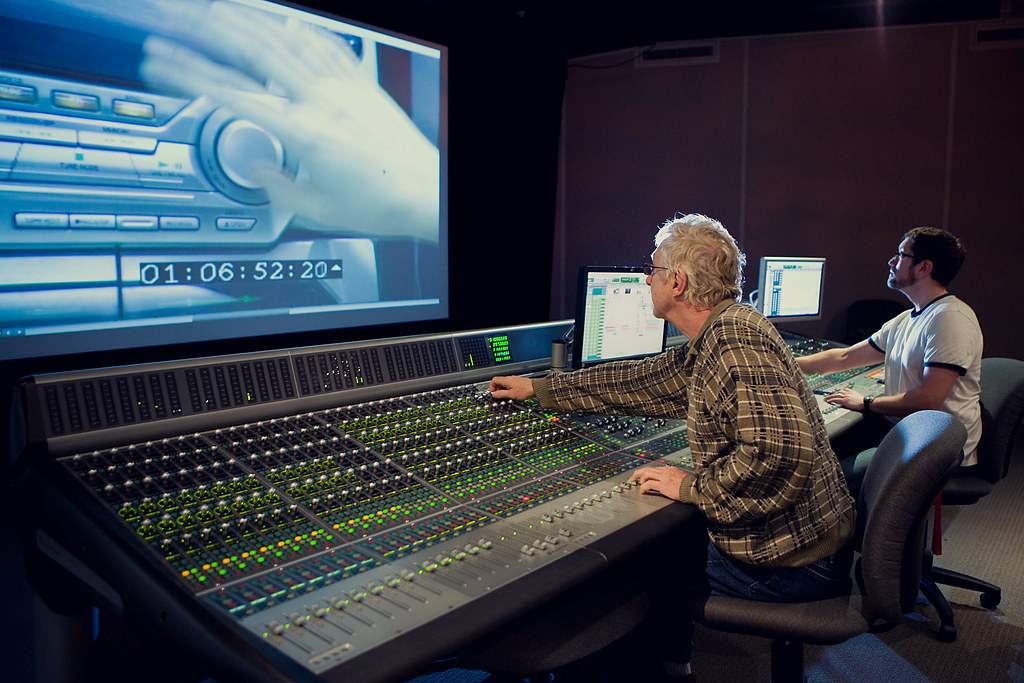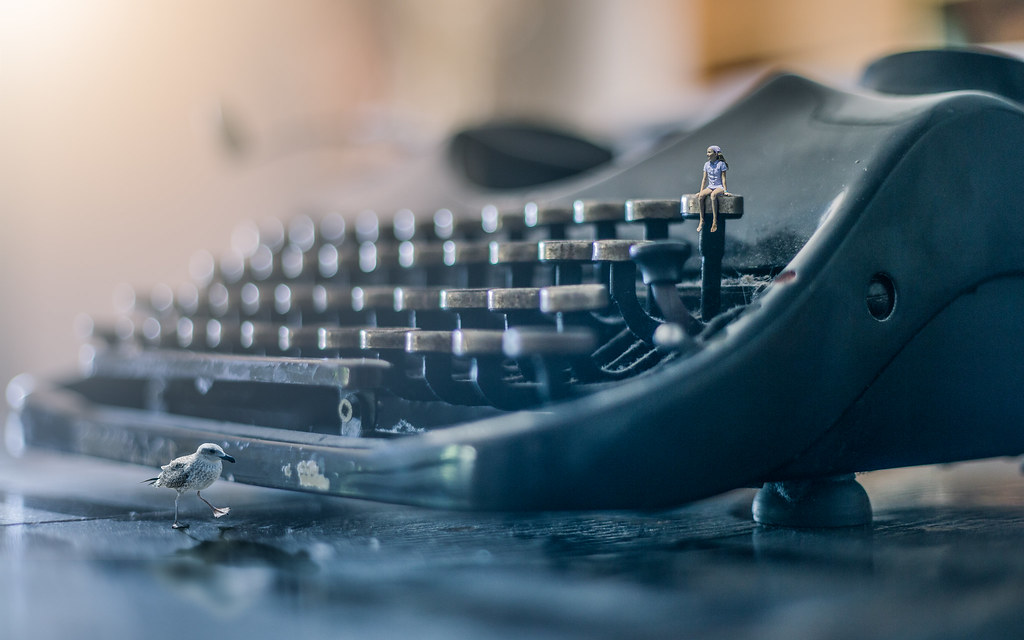Session 4 Production Project – Peanuts II: Revenge of the Peanuts

SUMMARY
Role
Sound Designer
Intention (SMART Goal)
By March 2nd, as part of Team 5, I will explore the sound designer’s skill pathway by following The Visual Story by Bruce Block and will have created scenes that demonstrate the visual story structure of rhythm.
PRE-PRODUCTION – INQUIRY
Leader(s) in the Field / Exemplary Work(s)
Richard King has been the sound designer for multiple highly successful films, including Interstellar, The Dark Knight, Inception, and Dunkirk. He has worked with directors like Christopher Nolan, Steven Spielberg, and M. Night Shyamalan and for his exceptional work in sound design he has won four Academy Awards. For new sound designers, King suggests starting with broad ideas and important moments before diving into finer details. He emphasizes trying to put yourself in the scene to gain a better idea of which sounds are most important, and to focus your time on those particular noises.
Training Source(s)
The Visual Story – Bruce Block
- From a sound and music standpoint
- Alternation between sound and silence, high- and low-pitched sounds, or loud and quiet sounds create a rhythm we can hear
- Repetition of this alternation also goes towards creating rhythm
- Tempo controls both repetition and alternation
- The rhythm we see is defined by the same three components, but is created with stationary objects, moving objects, and editorial cutting
- An object placed in the middle of the frame divides it into four equal areas
- This creates affinity, which reduces visual intensity
- An object placed off-center divides the frame into four unequal areas
- This creates contrast, which increases visual intensity
- Accented areas (areas with an object) create positive space
- Unaccented areas (areas without an object) create negative space
- Two unaccented areas are necessary to create repetition
- More objects/characters in the frame increase the tempo of a scene
- Example: one character in an empty room stands slightly off-center
- Frame has a slow, slightly irregular visual rhythm
- Example: one character in an empty room stands slightly off-center
- Two types of rhythm in moving objects: primary and secondary
- Primary: Movement of a whole object
- Secondary: Part of the whole object moves independently
- Primary Rhythm
- Entering and exiting the frame
- Should happen more than once to create visual beat
- Moving in front of or behind another object
- Moving and stopping
- Should happen more than once to create visual beat
- Changing direction
- Should happen more than once to create visual beat
- Entering and exiting the frame
- Secondary Rhythm
- Created by the movement of part of an object that is already creating primary rhythm
- Example:
- Primary rhythm = person pacing back and forth
- Secondary rhythm = the person’s moving legs and feet
- Example:
- Editorial Rhythm
- Every cut has potential to create a rhythmic beat
- Strong visual contrast creates a strong rhythmic beat
- Limited visual contrast creates a less intense rhythmic beat
- Editorial and Pictorial Repetition
- Editorial: occurs because a beat is produced by each cut – each cut continues the pattern of repetition
- Pictorial: occurs when the same shots are repeated – creates repetition and visual affinity
- Editorial Tempo
- Any series of edits will have tempo (constant, speeds up, or slows down)
- As time between edits increases, the sense of editorial tempo diminishes
- Created by the movement of part of an object that is already creating primary rhythm
- Punctuate powerful moments
- Environmental ambiance
- Contrast in sound
- Build intensity
- Repetition can replace a score
- Titles and punctuation
- Experiment and create your own sound
- Add reverb for intensity
- Layer multiple sounds for depth
- Fade the beginning of end of sound clips
- Focus on feelings in sound effects, not accuracy
- Create score early
- Shift pitch to change feeling
Project Timeline
- Brainstorm ideas
- Create storyboard
- Create slideshow and share with all team members
- Write screenplay
- Decide on location and character roles
- Gather/make props, costumes, equipment
- Set up shots
- Prepare blocking for each scene
- Film all scenes
- Record all sounds/dialogue and create music
- Put all recordings for audio and video in shared Google Drive folder
- Label final shots
- Decide which scenes to keep, get rid of, or re-shoot
- Transfer audio and clips into Premiere Pro
- Put clips in order and make all edits
- Put audio in and sync up to video
- Make all finishing touches
- Export final film
- Add evidence to slideshow
- Present film and slideshow to the class and receive feedback
Proposed Budget
No proposed budget, all materials owned by Capital High School/Mr. Le Duc
PRODUCTION – ACTION
The (FILM, SOUND, or GAME Creation)
Peanuts II: Revenge of the Peanuts
Skills Commentary
POST-PRODUCTION – REFLECTION
21st Century Skills
Ways of Thinking (Creativity, Innovation, Critical Thinking, Problem Solving)
Similarly to our last production session, my team members and I had to overcome issues with Premiere Pro. We used video tutorials and asked for help from people around us to recover lost edits and attempt to share the project with other group members. I also had to adapt to time constraints when adding the appropriately intense music and had to apply my creativity while recording and adding sound effects to the film and paying attention to small details.
Ways of Working (Communication & Collaboration)
Throughout the entire production session, my team members and I collaborated on many aspects of the film, including lighting, location, dialogue, delivery, camera angles, and many other things. When I was adding sound effects to the film and figuring out what music would best suit each scene, I communicated with my team members to evaluate which creative decisions would work for our final film. As one of the actors, I was constantly communicating with my team members, especially our director, to ensure that blocking and movements were correct and that my delivery matched the emotion of the scene.
Tools for Working (Info & Media Literacy)
During this project, I used a Zoom audio deck and boom mic to record the audio for every scene. As a learning tool, I read the chapter on visual rhythm from Bruce Block’s book The Visual Story. As a team, we used Trello to organize our timeline and keep track of our progress, Google Drive to share files, and Celtx to write the script.
Ways of Living in the World (Life & Career)
While creating this film, I gained collaboration and teamwork skills that will be helpful to me in any future group project. Considering the size of our group and how many new team members joined us, I had to put even more effort into collaborating and ensuring that everyone felt included. We had many opinionated and creative perspectives that needed to blend to create our final product. I also learned various sound editing and music creation skills that could not only be useful in the film industry but also other projects and assignments.
Reactions to the Final Version
“The music building at the end of the film was very effective in communicating the rising intensity.” – James
“Overall, each of you did a great job contributing something unique to an interesting and well done film.” – James
“All of you did a great job showing your preparation and how much work you put in during pre-production with the evidence in your advanced storyboards.” – Michelle
Self-Evaluation of Final Version
Our final film was simple, as we only included scenes that were necessary to develop the plot. It was also unexpected, as we introduced a new exploration in the sequel to our first film Peanuts, and used an intense final scene to shock the audience. Additionally, our film was emotional and concrete, as we used sensory language through intense music and shots to create suspense.
What I Learned and Problems I Solved
During this project, I learned technical skills, like how to record audio with a Zoom audio deck and edit audio recordings in Premiere Pro. I also learned real-world skills, like how to successfully work within a large team and work around creative differences. Through working with my team, I found what kind of workflow, collaboration, and style of organization works best for me, and what kind doesn’t work. I was also exposed to small technical skills in other roles from watching other team members work and witnessed a great deal of leadership and creativity that I can apply in my own life.
Grammar and Spelling
Grammarly, Edublogs Spellcheck
Editor
Merja Haatanen
